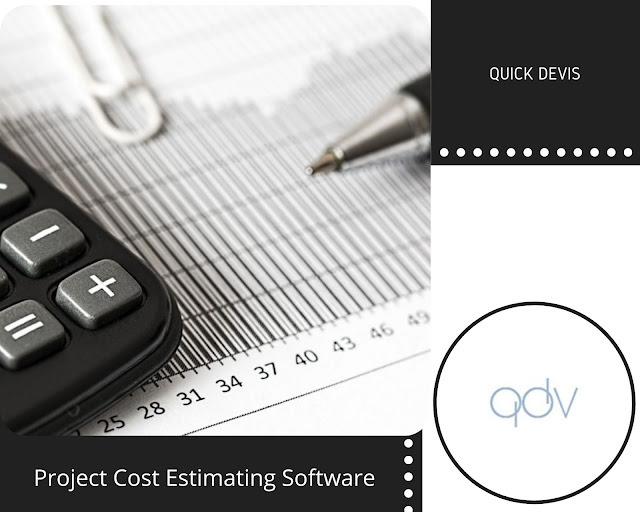What is Cost Estimation?
Cost estimation involves forecasting the cost of a progressing project within the defined scope. Cost estimation is the primary element in cost management which broadly monitors, plans, and controls a project's fiscal estimates. It can be done manually or with the help of cost estimating software. The overall approximate cost of the total project is calculated to sanction the project budget and manage the costs.
Different techniques are used to approximate the project's financial feasibility cost, monitor the spending, and budget the project. An accurately estimated price is a crucial determining factor for taking the project into account; after all, this is the primary factor determining the project's eventual scope, maintaining the project's financial feasibility by avoiding cost overruns.
Cost estimates of a project are flexible and are revised as the project progresses. The initial approximation helps prepare the project baseline, which includes the milestone-based comparison of the project's actual cost. With time the project keeps getting more precise, and potential risks are analyzed better; therefore, it is better to opt for an accommodative stance for your cost estimation policy.
Critical Components of a Cost Estimate
The cost estimation includes all of the costs involved in completing the project, from the very start to the end. There are several ways to categorize the division of estimated cost and the number of details involved. But the simplest form of classification of estimated cost divides the cost into two broad categories; direct and indirect costs.
Direct costs:
This category is broadly associated with a single area, like a particular department or project. Direct costs include the expenses explicitly billed for a specific project. For example, direct prices include team wages, fuel expenses, cost of resources used to produce finished goods, money spent to hedge the cost of project-specific risks.
Indirect costs:
Generally, security costs, quality control, and utilities are classified as indirect costs. Indirect costs are not associated with a specific project. Instead, they are fetched from several projects.
A deeper understanding:
Cost estimation is beyond the ordinary list of costs; instead, it incorporates the assumptions essential to each cost. These assumptions are further assembled into a single report called the basis of estimate, which is the detailed analysis of cost inclusions and exclusions. The specific report gives stakeholders a better understanding of the actual and estimated cost differences and a better view of project costs.
Apart from the broad classification mentioned above, digging deeper into the expenses, there are more specific categories of costs.
A few common types are:
Labor: This includes the cost of human effort spent for project objectives.
Materials: The cost of resources required to create finished products.
Equipment: The purchase and maintenance cost of the equipment used.
Services: The cost of external assistance that a firm seeks for a given project.
Software: Costs for non-physical computer resources.
Hardware: Cost consisting of physical computing resources.
Facilities: The cost of using or renting specific equipment, services, or locations.
Contingency costs: Costs added to the project budget for addressing particular risks.



Comments
Post a Comment